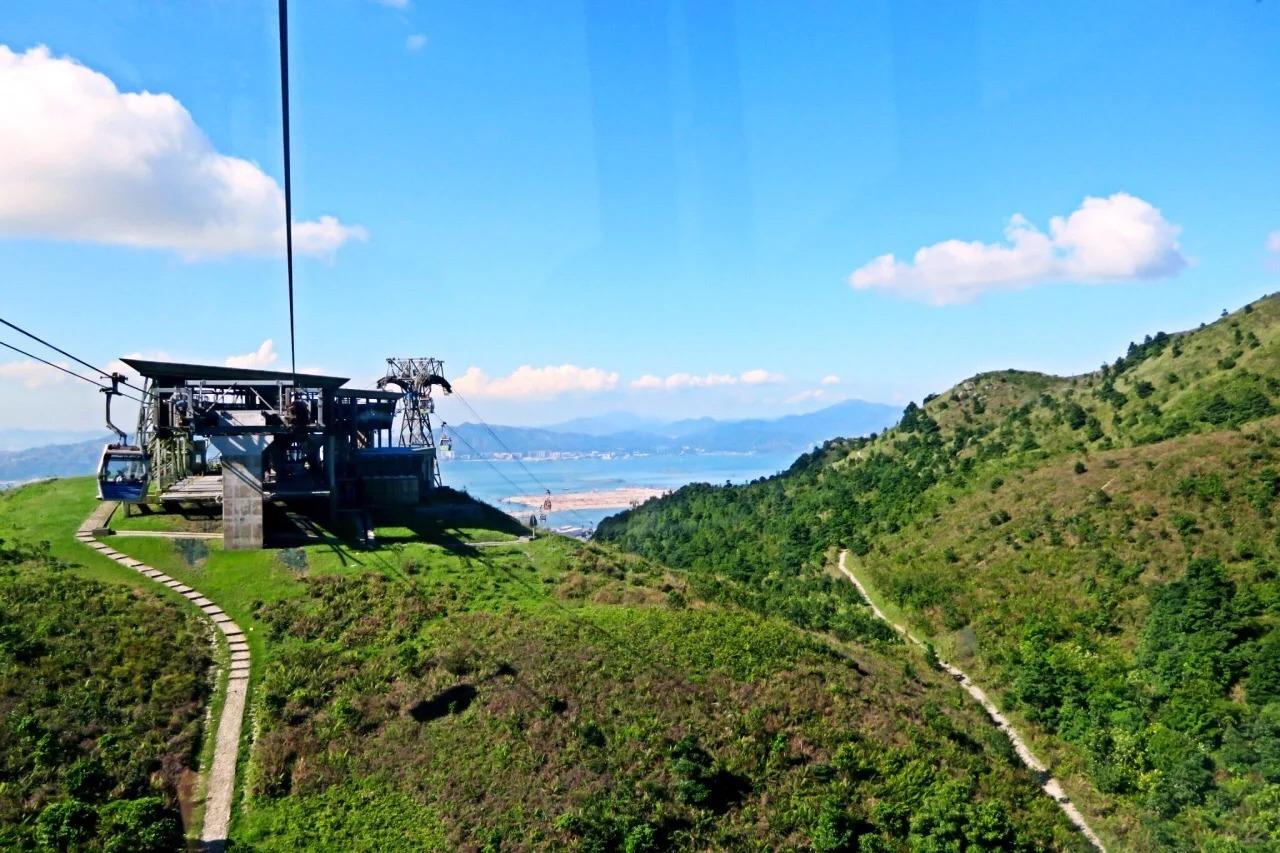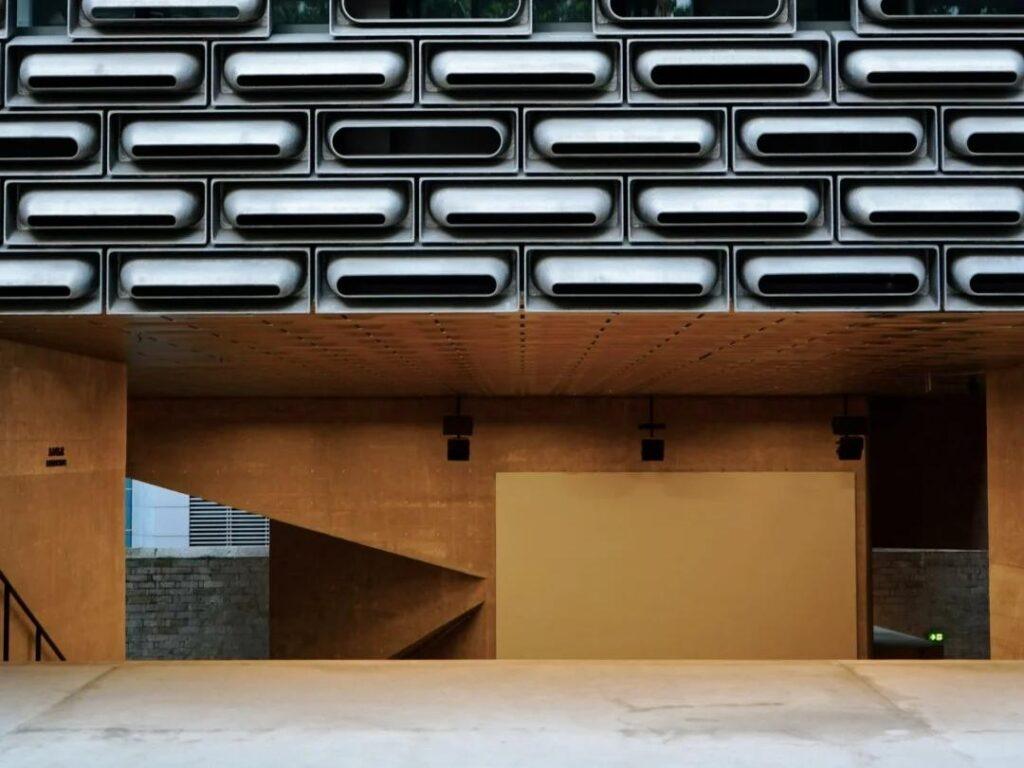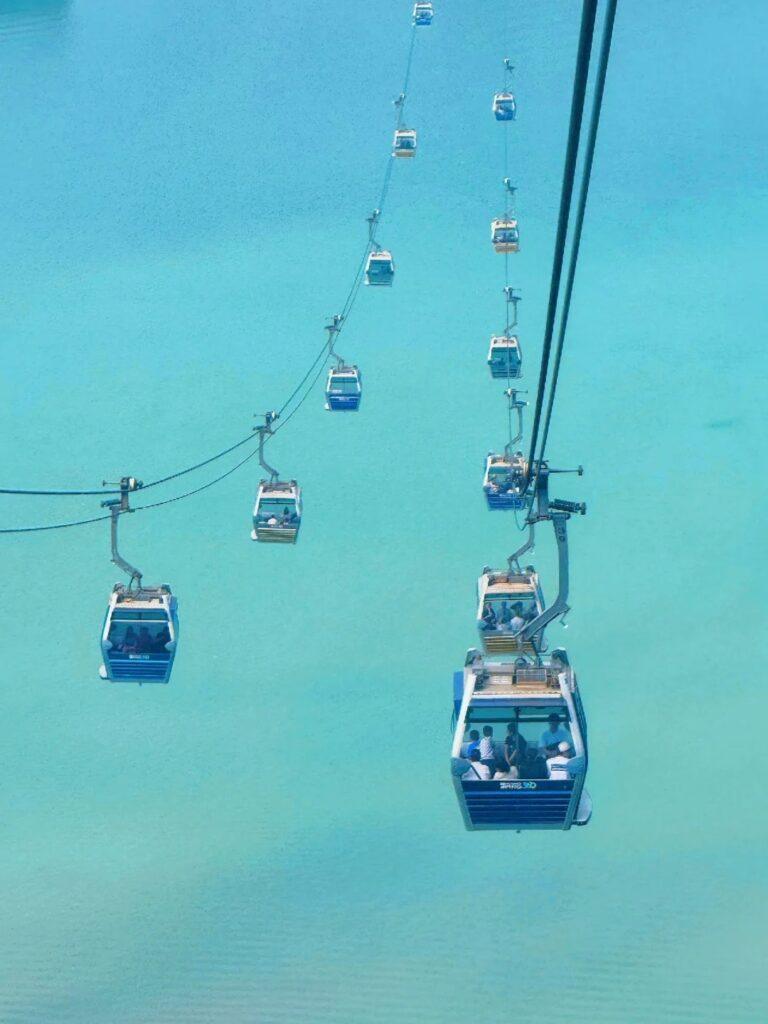Visiting Information
| Information | Details |
|---|---|
| Chinese Name | 大屿山 (Dà Yǔ Shān) |
| Location and Address | Lantau Island, New Territories, Hong Kong |
| Opening Time/Hours | 24 hours (specific attractions may have different hours) |
| Entrance Fee | Free (some attractions may have separate fees) |
| How to Get There | By MTR: Take the Tung Chung Line to Tung Chung Station By Bus: Various bus routes from different parts of Hong Kong By Ferry: From Central Pier 6 to Mui Wo or Discovery Bay By Taxi: Available from Hong Kong Island or Kowloon |
| Best Time for Visit | October to December (cool weather and clear skies) |
| Contact Info | Hong Kong Tourism Board Hotline: +852 2508 1234 Email: [email protected] |
Overview
Lantau Island, the largest island in Hong Kong, is a diverse and captivating destination that offers a unique blend of natural beauty, cultural heritage, and modern attractions. Known for its lush mountains, pristine beaches, and iconic landmarks, Lantau Island provides a stark contrast to the bustling urban landscape of Hong Kong. From the serene Po Lin Monastery and the majestic Tian Tan Buddha statue to the vibrant Tai O fishing village and the modern Ngong Ping 360 cable car, the island caters to a wide range of interests, making it a popular destination for both locals and tourists alike.
Historical Background
Lantau Island has a rich history dating back thousands of years. Archaeological findings suggest human habitation on the island as early as the Neolithic period. For centuries, it remained a quiet, rural area primarily inhabited by fishermen and farmers. The island’s name, “Lantau,” is believed to be derived from the Chinese phrase “Lan Tau” or “Broken Head,” possibly referring to the island’s mountainous terrain. In the 19th century, the island saw increased activity with the establishment of salt pans and the growth of fishing villages like Tai O. The modern era brought significant changes to Lantau, particularly with the construction of Hong Kong International Airport in the 1990s and the subsequent development of Tung Chung new town. Despite these developments, much of Lantau Island remains protected as country parks, preserving its natural beauty and ecological significance.
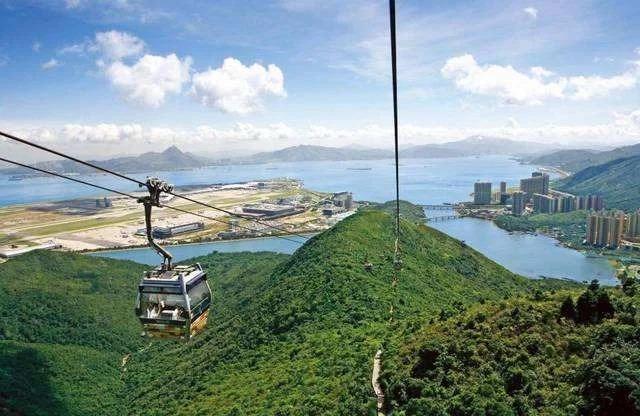
Architectural Features
- Tian Tan Buddha (Big Buddha): This colossal bronze statue, completed in 1993, sits atop a hill near Po Lin Monastery. Standing at 34 meters tall, it is one of the largest seated Buddha statues in the world. The statue’s right hand is raised, representing the removal of affliction, while the left hand rests on the lap in a gesture of giving dhana. Surrounding the statue are six smaller bronze statues known as “The Offering of the Six Devas,” each offering flowers, incense, lamp, ointment, fruit, and music to the Buddha.
- Po Lin Monastery: Founded in 1906, Po Lin Monastery is a Buddhist temple complex known for its intricate architecture and peaceful atmosphere. The main temple hall features ornate carvings, vibrant colors, and traditional Chinese architectural elements. The monastery also includes beautifully landscaped gardens, a vegetarian restaurant, and various shrines and halls dedicated to different Buddhist deities.
- Ngong Ping Village: This purpose-built cultural-themed village combines traditional Chinese architecture with modern amenities. The village features replicas of traditional Chinese buildings, including a tea house, and various souvenir shops and restaurants. While not historically authentic, it provides visitors with a taste of Chinese architectural styles in a contemporary setting.
- Tai O Stilt Houses: In the fishing village of Tai O, visitors can see traditional stilt houses built over the water. These unique structures, made of wood and tin, are raised on stilts to protect them from tidal fluctuations. While many have been replaced by modern buildings, some original stilt houses remain, offering a glimpse into the traditional way of life of the Tanka people.
Cultural Importance
Lantau Island holds significant cultural importance in Hong Kong, serving as a nexus of traditional Chinese culture, Buddhism, and local heritage. The island is home to several important religious sites, most notably the Po Lin Monastery and the Tian Tan Buddha, which attract pilgrims and tourists from around the world. These sites not only serve as places of worship but also as centers for the preservation and promotion of Buddhist teachings and Chinese cultural traditions. The fishing village of Tai O, with its stilt houses and traditional way of life, represents an important link to Hong Kong’s maritime heritage and the culture of the Tanka people. Lantau’s vast natural areas, including its country parks and beaches, play a crucial role in Hong Kong’s environmental conservation efforts and provide a much-needed escape from urban life for city dwellers. The island also holds importance in terms of sustainable development, with ongoing debates about balancing economic growth with environmental and cultural preservation. As such, Lantau Island embodies the complex interplay between tradition and modernity that characterizes much of contemporary Hong Kong culture.
Surrounding Attractions
- Hong Kong Disneyland: Located on the northeastern part of Lantau Island, Hong Kong Disneyland is a major theme park attraction. Opened in 2005, it features seven themed areas, including Main Street, U.S.A., Adventureland, Fantasyland, Tomorrowland, Grizzly Gulch, Mystic Point, and Toy Story Land. The park offers a blend of classic Disney attractions and unique experiences designed specifically for the Hong Kong market. With its magical atmosphere, character meet-and-greets, and spectacular shows, Hong Kong Disneyland provides entertainment for visitors of all ages.
- Ngong Ping 360: This aerial cable car system offers a scenic 25-minute ride from Tung Chung to Ngong Ping Village. The 5.7-kilometer journey provides breathtaking views of the South China Sea, the airport, and the lush mountains of Lantau Island. Visitors can choose between standard cabins or crystal cabins with glass bottoms for an even more thrilling experience. The cable car is not just a mode of transport but an attraction in itself, offering unique photo opportunities and panoramic vistas.
- Tai O Fishing Village: Often called the “Venice of Hong Kong,” Tai O is a traditional fishing village known for its stilt houses and rich cultural heritage. Visitors can explore the narrow streets lined with dried seafood stalls, take a boat tour to spot pink dolphins, and experience the unique lifestyle of the Tanka people. The village also offers opportunities to taste traditional cuisine, including their famous salted fish and shrimp paste.
- Lantau Peak: At 934 meters, Lantau Peak is the second highest mountain in Hong Kong and the highest point on Lantau Island. The hike to the summit is challenging but rewarding, offering spectacular views of the surrounding islands and the South China Sea. Many hikers aim to reach the peak for sunrise, making it a popular spot for photography enthusiasts. The trail also passes by the Wisdom Path, an outdoor installation featuring wooden columns inscribed with the Heart Sutra.
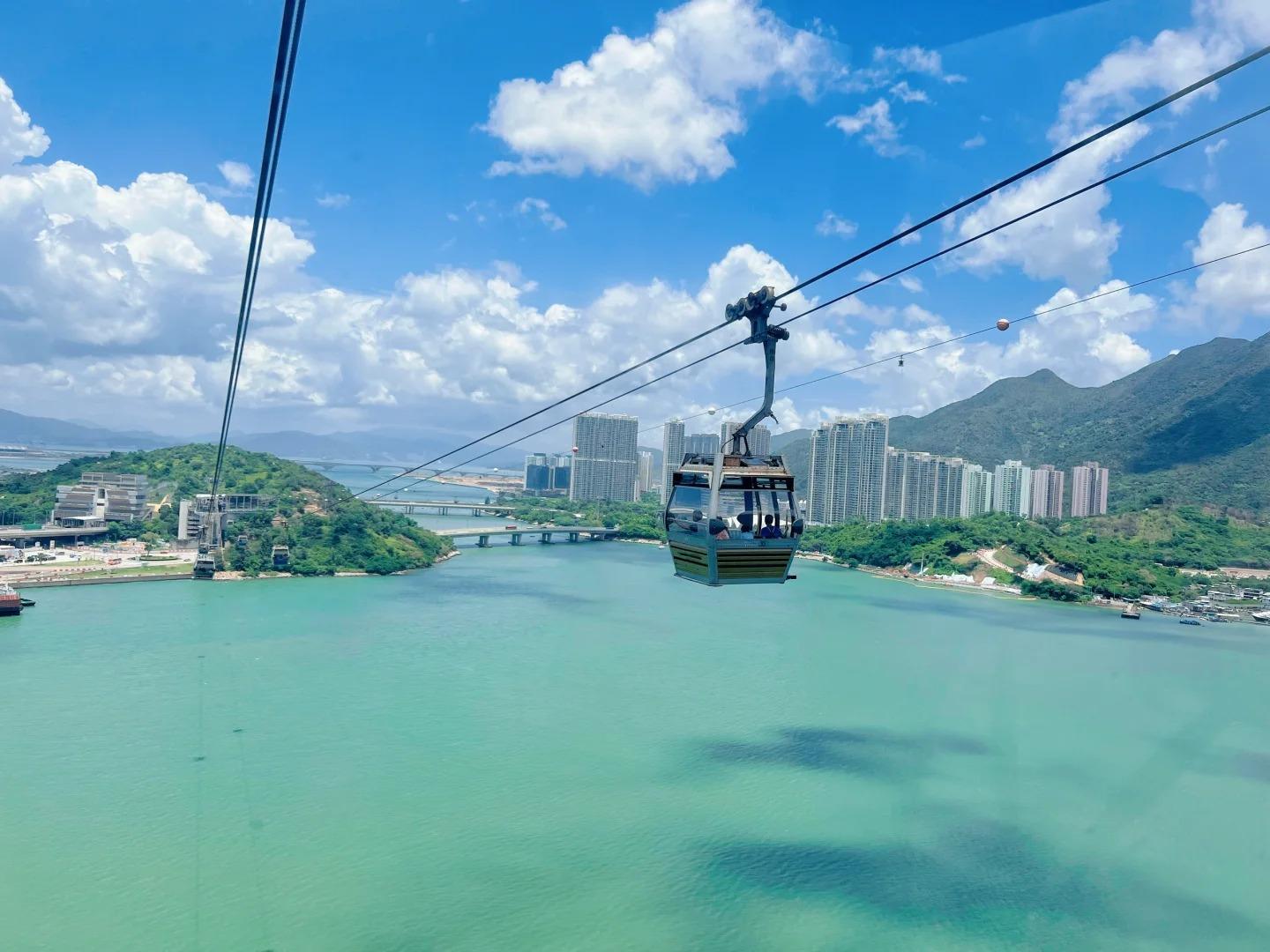
Photography Opportunities
- Tian Tan Buddha and Po Lin Monastery: The majestic Tian Tan Buddha statue set against the backdrop of Lantau’s green mountains offers an iconic photo opportunity. Photographers can capture the statue from various angles, including close-ups of its intricate details and wide shots that showcase its impressive scale. The adjacent Po Lin Monastery, with its colorful architecture and ornate decorations, provides excellent subjects for architectural and cultural photography. The interplay of light and shadow on the Buddha statue throughout the day offers different moods for photography.
- Sunset at Tai O: The traditional fishing village of Tai O offers unique opportunities for street and cultural photography. The stilt houses reflected in the water during sunset create a magical atmosphere, perfect for capturing the essence of this historic village. Photographers can also document the daily life of the villagers, the traditional boats, and the process of making dried seafood products. The golden hour light enhances the rustic charm of the village, making it a favorite spot for landscape and portrait photographers alike.
- Ngong Ping 360 Cable Car: The cable car journey provides stunning aerial views of Lantau Island, the airport, and the surrounding seascape. Photographers can capture panoramic shots of the landscape, focusing on the contrast between the natural terrain and man-made structures. For those riding in crystal cabins, there’s an opportunity to shoot unique perspectives looking directly down at the scenery below. The changing elevation and movement of the cable car create dynamic compositions, especially when capturing the interplay of light and shadow on the mountainsides.
- Lantau Peak Sunrise: Hiking to Lantau Peak for sunrise is a popular activity among photographers. The vantage point offers breathtaking views of the sun rising over the South China Sea, with layers of mountains creating a dramatic foreground. On clear days, photographers can capture the Tian Tan Buddha emerging from the sea of clouds below. The changing colors of the sky during the golden hour provide a perfect backdrop for silhouette shots of hikers or the mountain’s rugged terrain. Long exposure techniques can be used to capture the movement of clouds around the peak, creating ethereal landscape images.
Modern Importance
- Tourism and Economic Impact: Lantau Island plays a crucial role in Hong Kong’s tourism industry, attracting millions of visitors annually. Key attractions like the Tian Tan Buddha, Hong Kong Disneyland, and Ngong Ping 360 contribute significantly to the local economy. The island’s diverse offerings, from cultural sites to natural landscapes, cater to a wide range of tourists, helping to position Hong Kong as a multifaceted destination. This tourism influx creates job opportunities and stimulates economic growth not only on Lantau but across Hong Kong.
- Environmental Conservation: As Hong Kong’s largest island with vast areas of untouched nature, Lantau is vital for environmental conservation efforts. The island’s country parks serve as important green lungs for the city, preserving biodiversity and providing habitats for numerous plant and animal species. Lantau’s forests and wetlands play a crucial role in carbon sequestration and maintaining ecological balance. The island also serves as an outdoor classroom for environmental education, raising awareness about conservation among residents and visitors alike.
- Transportation Hub: Lantau Island is home to Hong Kong International Airport, one of the busiest airports in the world. This makes the island a critical transportation hub, facilitating international trade and travel. The airport’s location on Lantau has spurred infrastructure development, including the Hong Kong-Zhuhai-Macau Bridge, further enhancing the island’s connectivity and strategic importance in the region.
- Urban Development and Sustainability: Lantau Island is at the center of Hong Kong’s future development plans, with projects like the Lantau Tomorrow Vision aiming to create new urban areas and address housing needs. However, these plans have sparked debates about sustainable development and the balance between urban growth and environmental preservation. The island serves as a case study for sustainable urban planning, with efforts to integrate eco-friendly practices and preserve natural and cultural heritage while meeting the demands of a growing population.
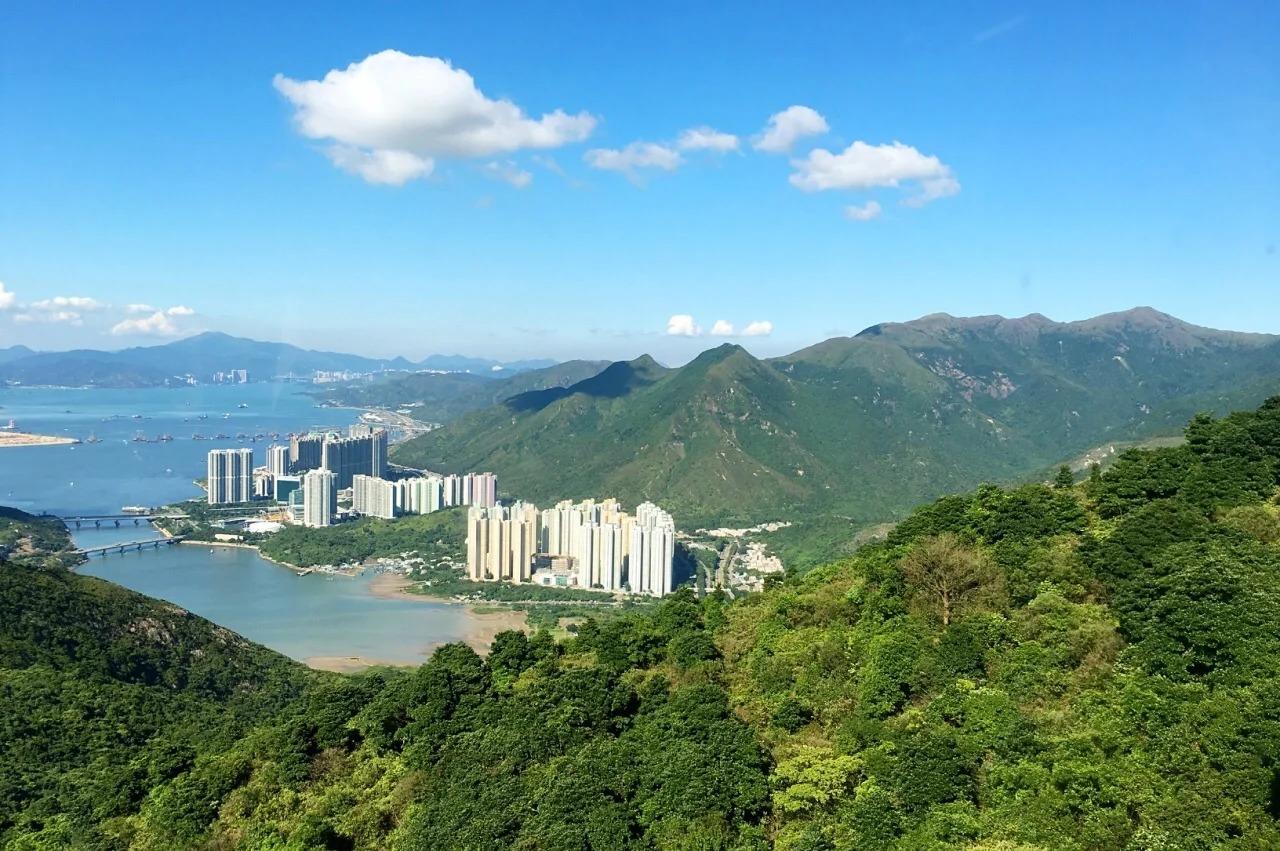
FAQ
- What is Lantau Island famous for?
Lantau Island is famous for several attractions, including the Tian Tan Buddha (Big Buddha), Po Lin Monastery, Hong Kong Disneyland, Ngong Ping 360 cable car, Tai O fishing village, and its beautiful beaches and hiking trails. It’s known for its blend of natural beauty, cultural sites, and modern attractions. - What’s inside Lantau Island?
Lantau Island contains:
1. The Tian Tan Buddha statue and Po Lin Monastery
2. Hong Kong Disneyland
3. Ngong Ping 360 cable car and Ngong Ping Village
4. Tai O fishing village with traditional stilt houses
5. Numerous hiking trails and beaches
6. Country parks with diverse flora and fauna
7. Hong Kong International Airport
8. Tung Chung town and outlet shopping centers
9. Wisdom Path and other cultural sites
10. Various temples and monasteries - Is Lantau Island free?
Access to Lantau Island itself is free, but some attractions on the island have entrance fees. For example, there’s no fee to visit Tai O village or hike the trails, but attractions like Hong Kong Disneyland, Ngong Ping 360 cable car, and some museums have admission charges. - Is Lantau Island worth visiting?
Yes, Lantau Island is definitely worth visiting. It offers a diverse range of attractions suitable for various interests, from nature lovers and culture enthusiasts to families and adventure seekers. The island provides a unique blend of traditional Chinese culture, natural beauty, and modern attractions, making it a must-visit destination in Hong Kong. - What to do in Lantau Island?
On Lantau Island, you can:
1. Visit the Tian Tan Buddha and Po Lin Monastery
2. Ride the Ngong Ping 360 cable car
3. Explore Tai O fishing village
4. Enjoy Hong Kong Disneyland
5. Hike Lantau Peak or other trails
6. Relax on beaches like Cheung Sha or Pui O
7. Shop at Citygate Outlets in Tung Chung
8. Take a boat trip to spot pink dolphins
9. Visit the Wisdom Path
10. Explore smaller villages and local temples - How do I get to Lantau Island in the local city?
To get to Lantau Island from other parts of Hong Kong:
1. MTR: Take the Tung Chung Line to Tung Chung Station
2. Ferry: From Central Pier 6 to Mui Wo or Discovery Bay
3. Bus: Various routes from different parts of Hong Kong to Tung Chung or other areas of Lantau
4. Taxi: Available from Hong Kong Island or Kowloon, but can be expensive
5. Airport Express: If coming from the airport, take it to Tung Chung Station - How to visit Lantau Island?
To visit Lantau Island:
1. Plan your itinerary based on the attractions you want to see
2. Check the weather forecast and dress appropriately, especially if hiking
3. Start early, especially if visiting multiple attractions
4. Consider getting an Octopus card for convenient public transport use
5. Take the MTR to Tung Chung as a starting point
6. Use the Ngong Ping 360 cable car to reach the Big Buddha and Po Lin Monastery
7. Explore Tai O village in the afternoon
8. If hiking, bring plenty of water and snacks
9. Respect local customs and environmental regulations
10. Consider joining a guided tour for a more comprehensive experience
11. Allow enough time to travel between attractions, as the island is quite large


